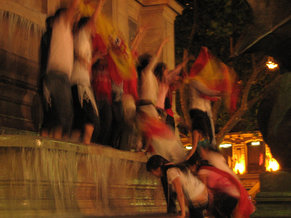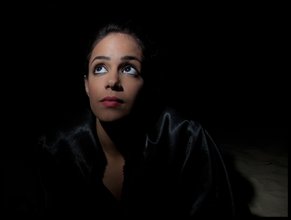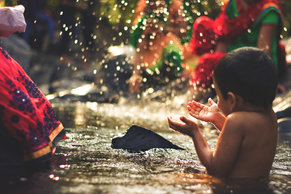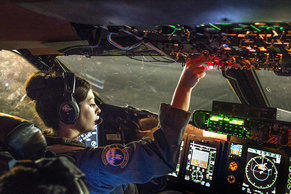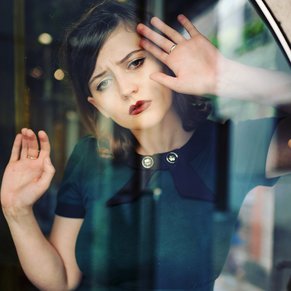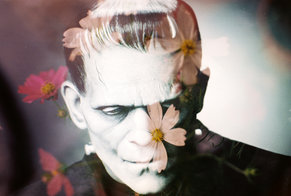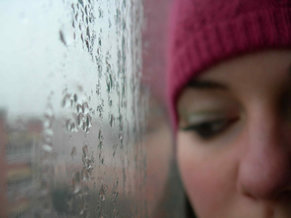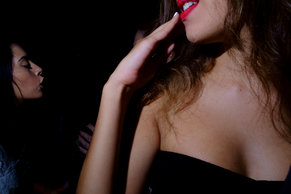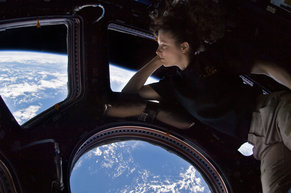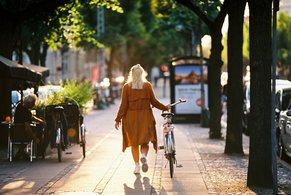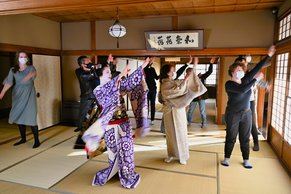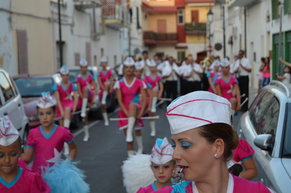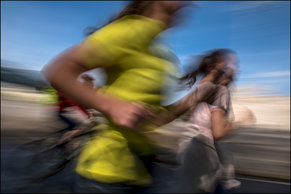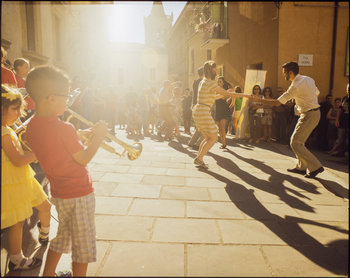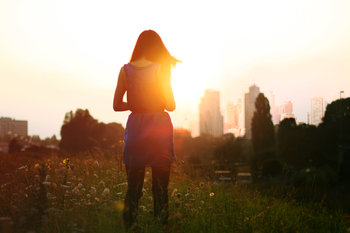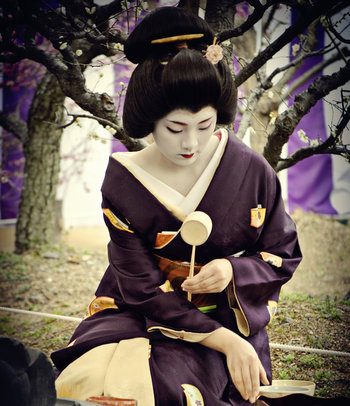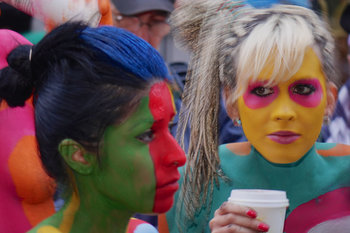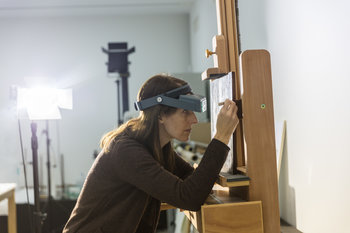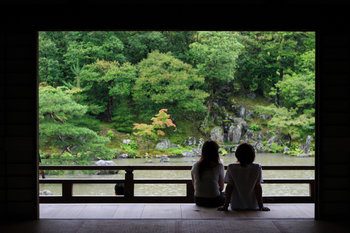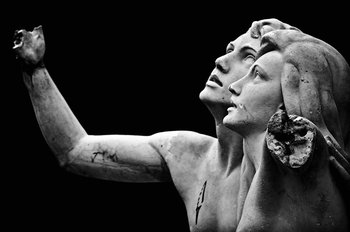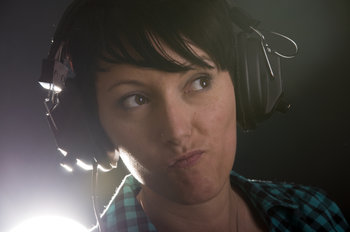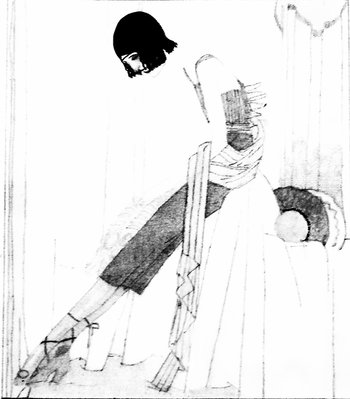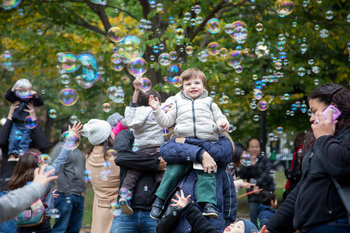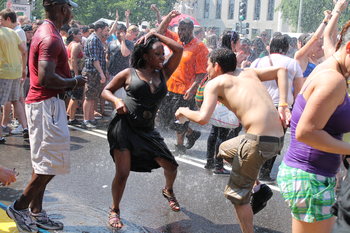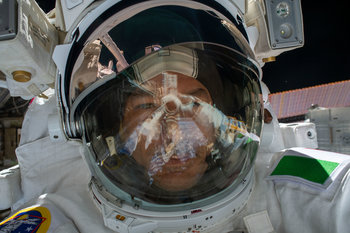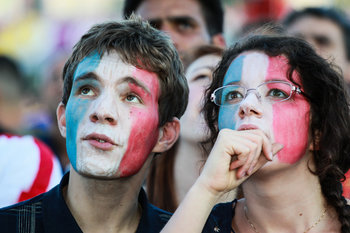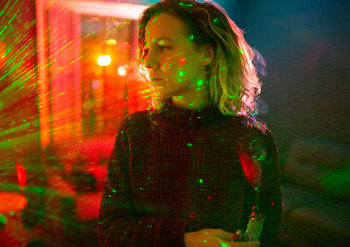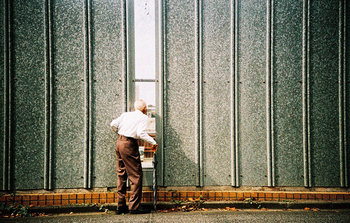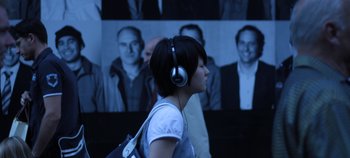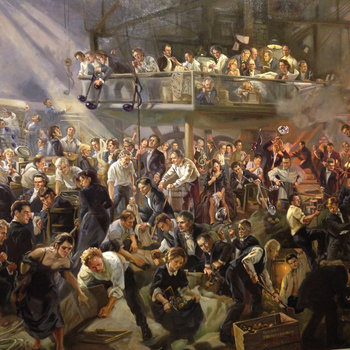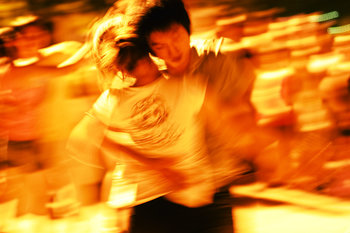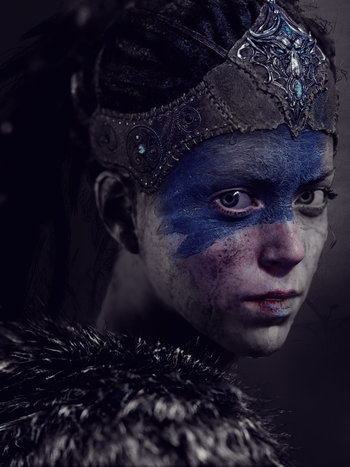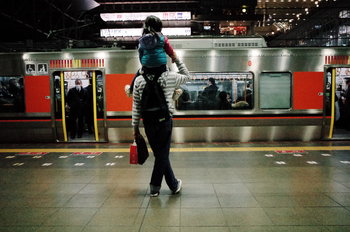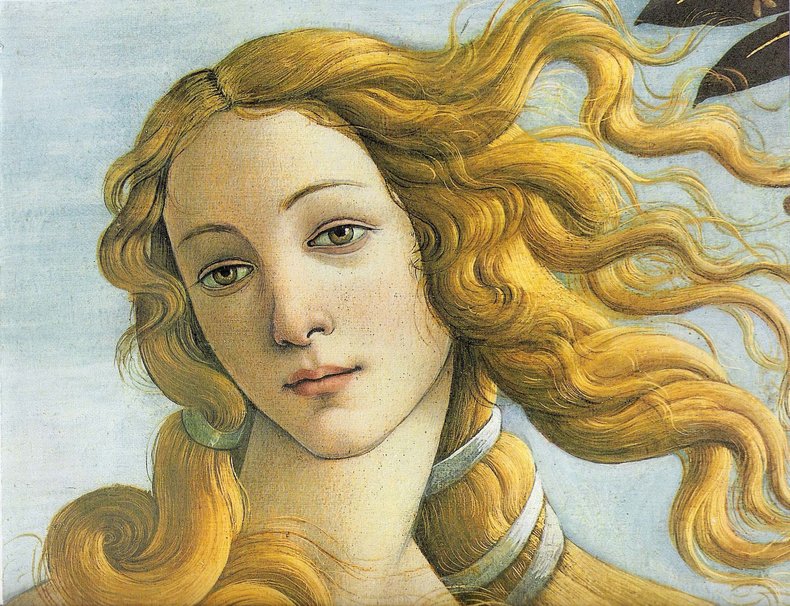
Innate
Humans have an innate sense of aesthetics that typically includes the concept of beauty. For example, all humans have potential to appreciate the wonder of nature.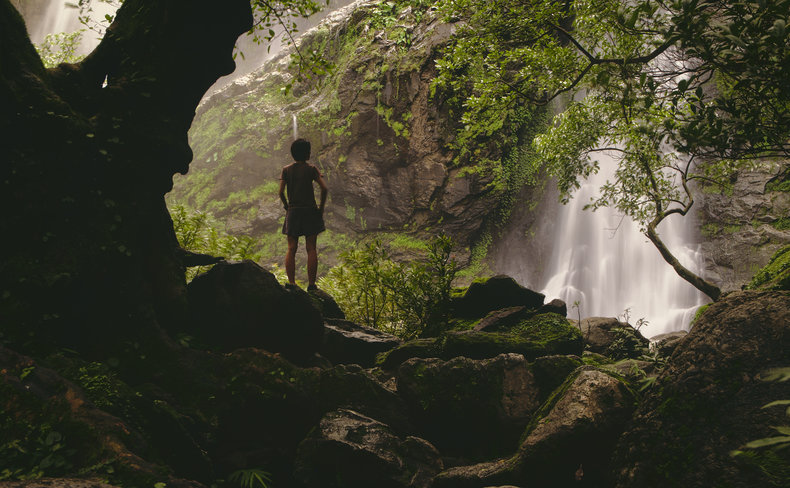
Cultural
Perceptions of beauty are influenced by culture such as tradition, media, advertising, fashion, music, art, film and shared experiences. Subcultures can embrace their own precepts of beauty that aren't shared by traditional cultures.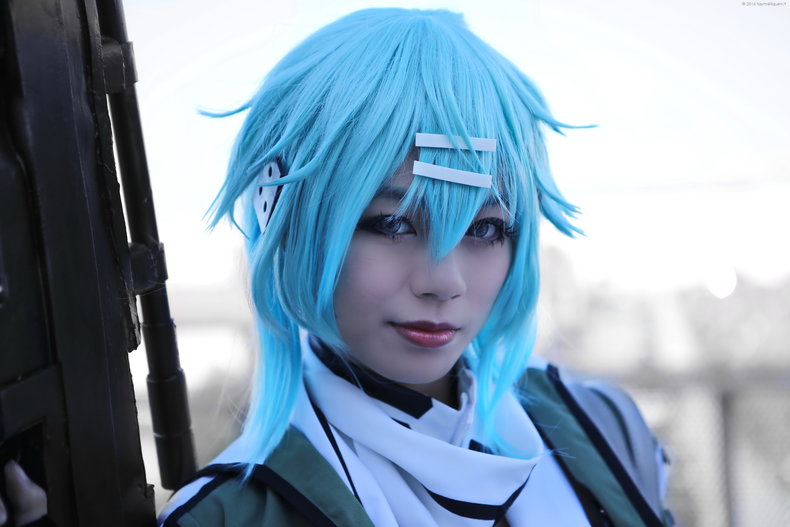
Individual
Humans have the capacity to think for themselves and have their own unique feelings and ideas about beauty.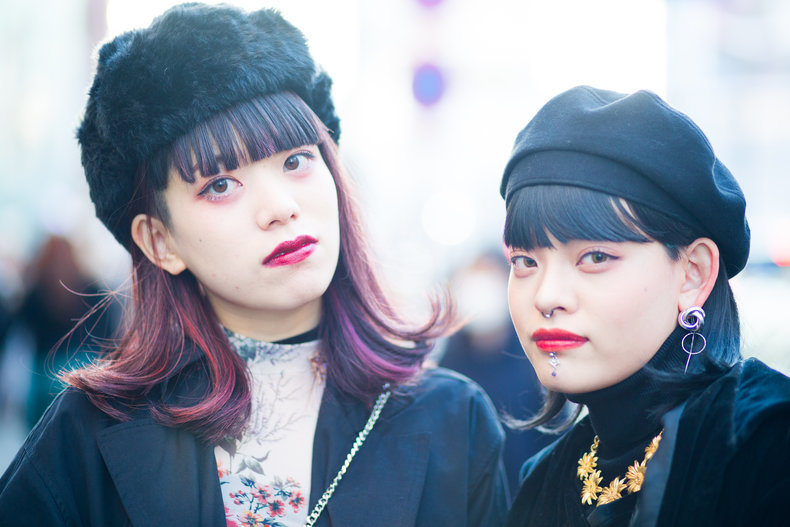
Fleeting Beauty
As with all things, beauty is impermanent. As such, beauty can occur at a point in time and quickly fade away. For example, the blooming of cherry blossoms in Spring where these delicate blossoms are easily swept away in the wind.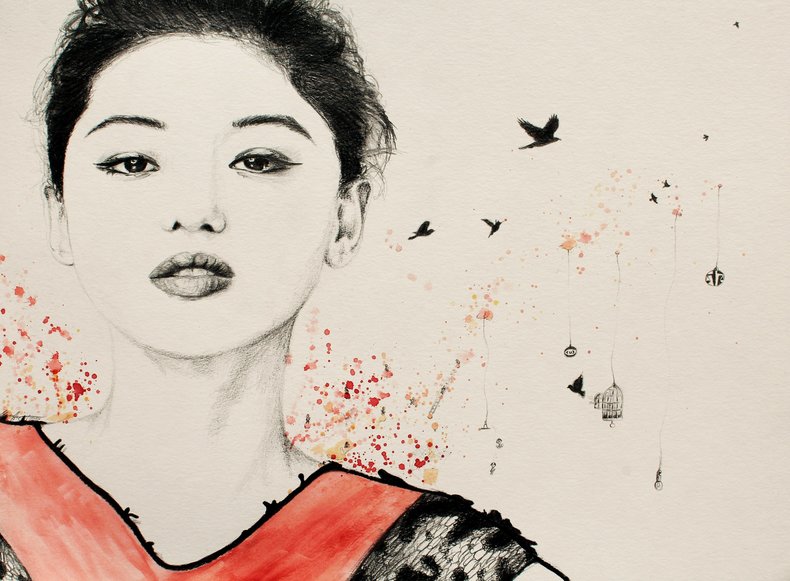
Imperfection
Beauty that is overly perfect can be negative perceived as characterless or artificial. Attractive imperfections make things more beautiful by giving them character and uniqueness.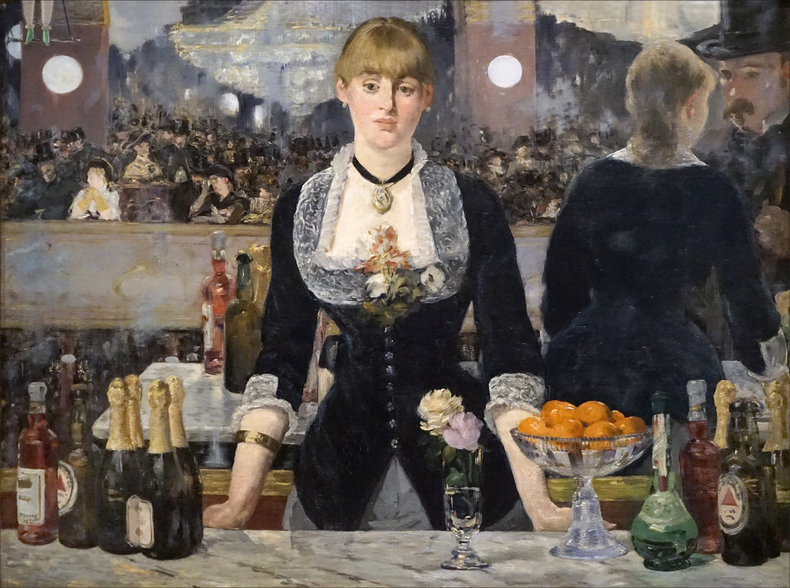
Authenticity
Beauty is much simulated and benefits from authenticity. For example, accepting the aging process and finding beauty in it. Likewise, the ability to be yourself in a world that is often superficial can be beautiful.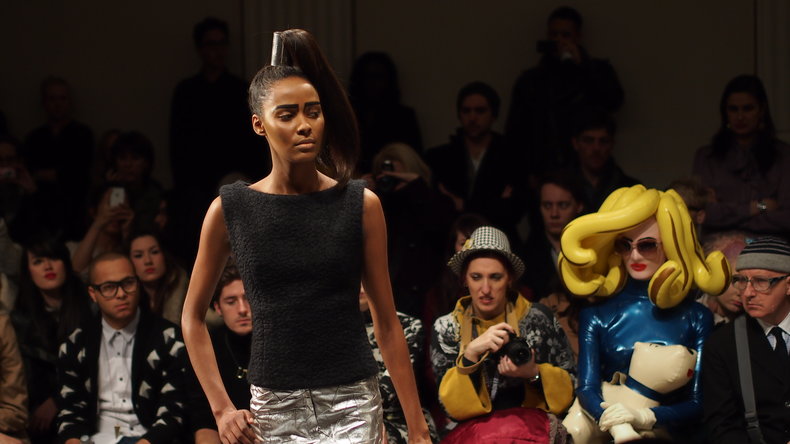
Originality
Beauty stands out and is often based on some sense of originality and style.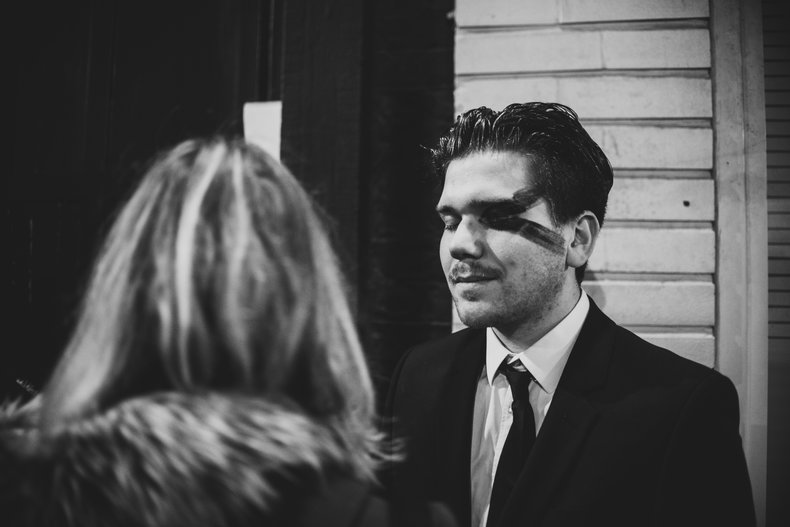
Balance
Balance is the sense that both sides of something are equal. It is incorrect to think that beauty is based on symmetry when it is actually based on balance. Balance can be achieved with asymmetry and this tends to be more visually commanding.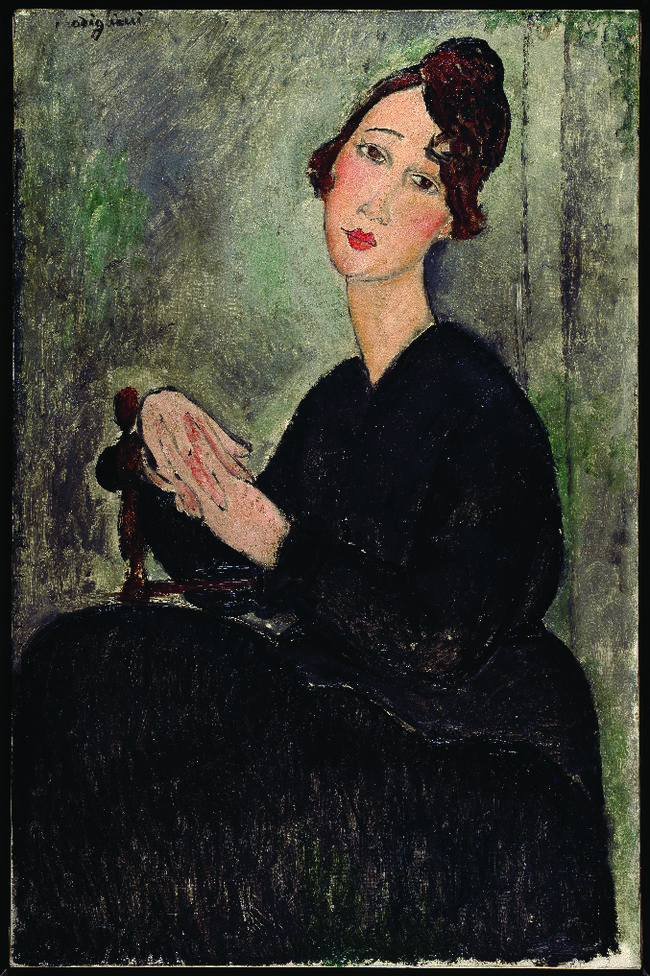
Color
Humans find color to be stimulating such that it is an essential element of beauty. For this reason, a black and white photograph may be stylish but doesn't convey the beauty of the world as well as a color photograph or colorful painting.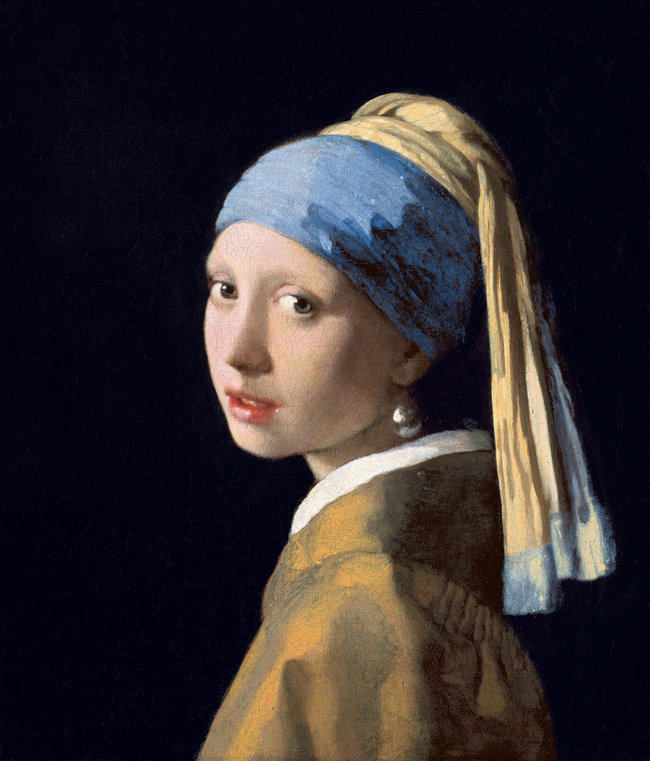
Total Presence
In a photograph, beauty is entirely visual. In reality, it is a result of the total presence of an entity. For example, the personal presence of a person can make them more beautiful.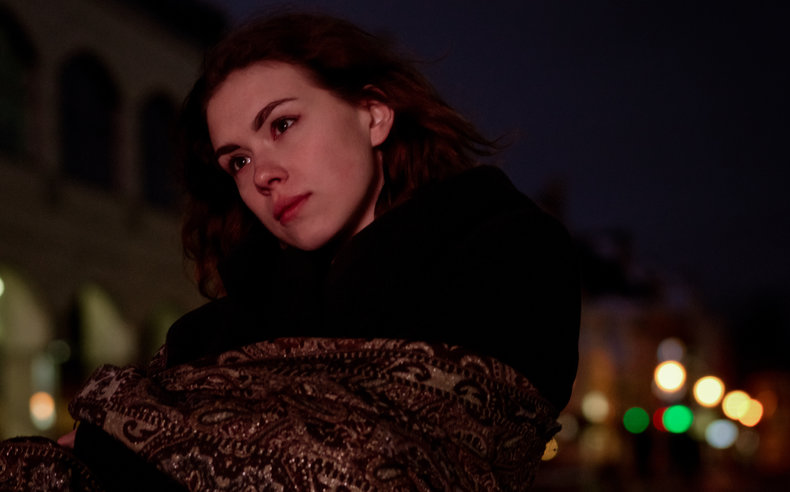
Inner Beauty
Beauty is primarily used to describe visual aesthetics. However, it can be used in an analogous way to describe emotions, character traits, experiences and non-visual expression such as music.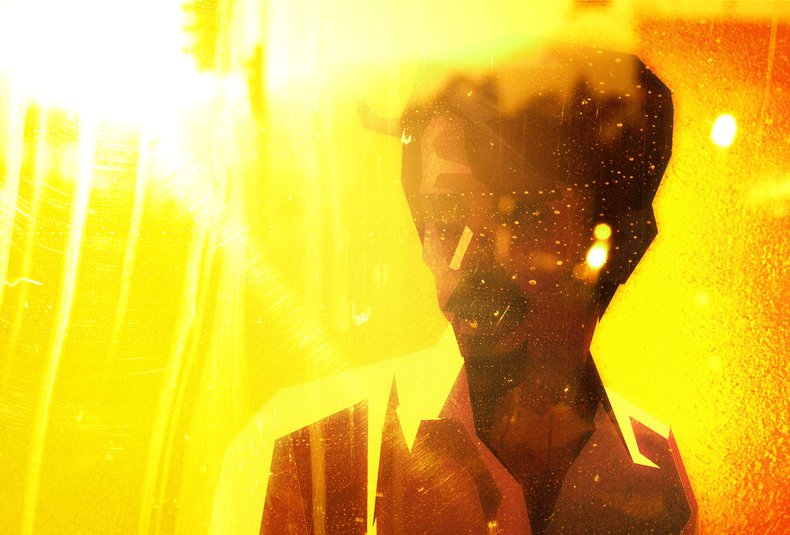
Mystery
As beauty is an awe-inspiring emotion it often involves some element of mystery. This is particularly true of creative works such as painting, photography and film where it is possible to make things mysterious. Nature and people can also inspire a sense of mysterious beauty.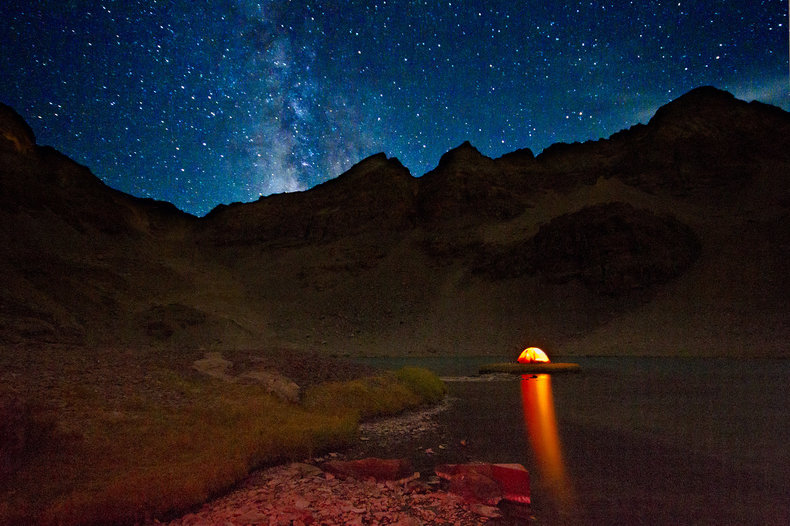
Expression
Beauty can be a result of creative expression such as fashion, performance art, art, landscaping and any other type of visual or non-visual creativity.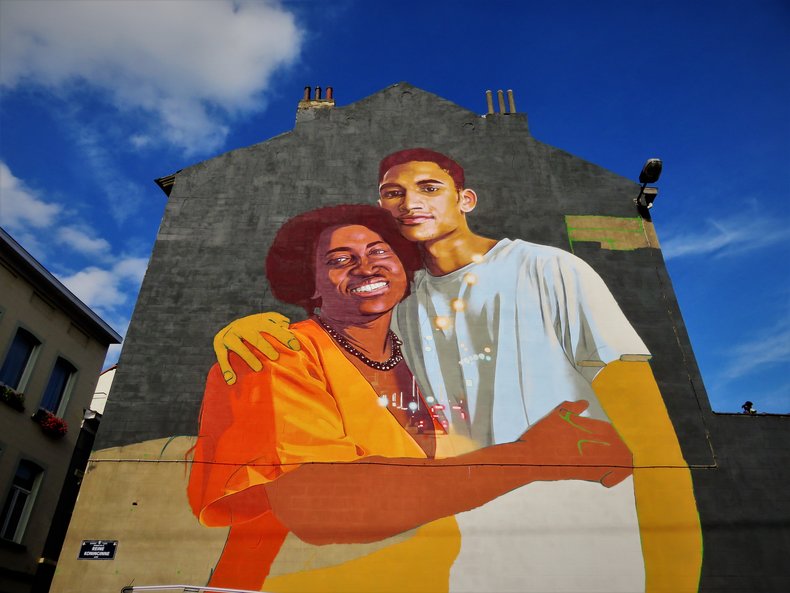
Elegance
Elegance is a beautiful refinement and sophistication. This isn't a requirement for beauty as beauty can be fully uncultivated. However, elegance can be considered a type of beauty.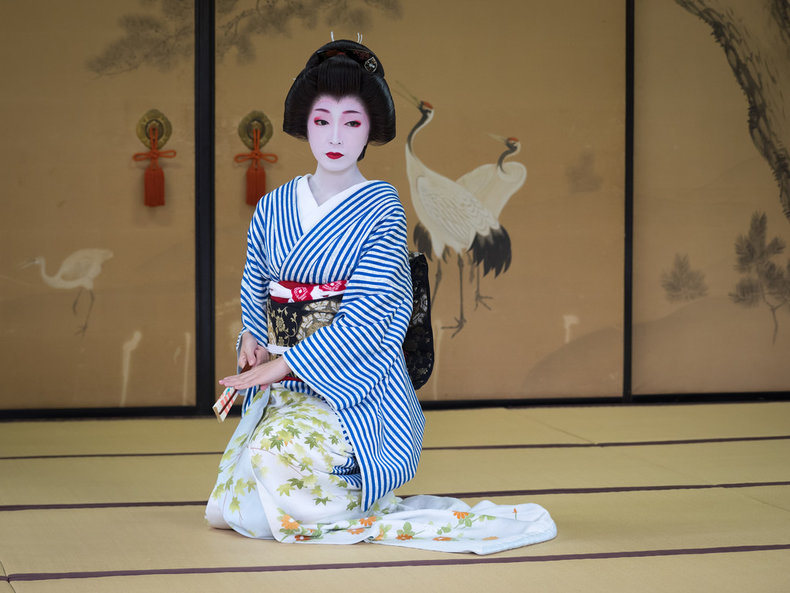
Cuteness
Cuteness is a visually appealing scene that inspires a desire to protect. For example, a cute animal that you feel like hugging. Beauty is more fearsome than cuteness and is more likely to trigger humility than protective instincts. Beauty often stems from strengths where cuteness stems from vulnerability.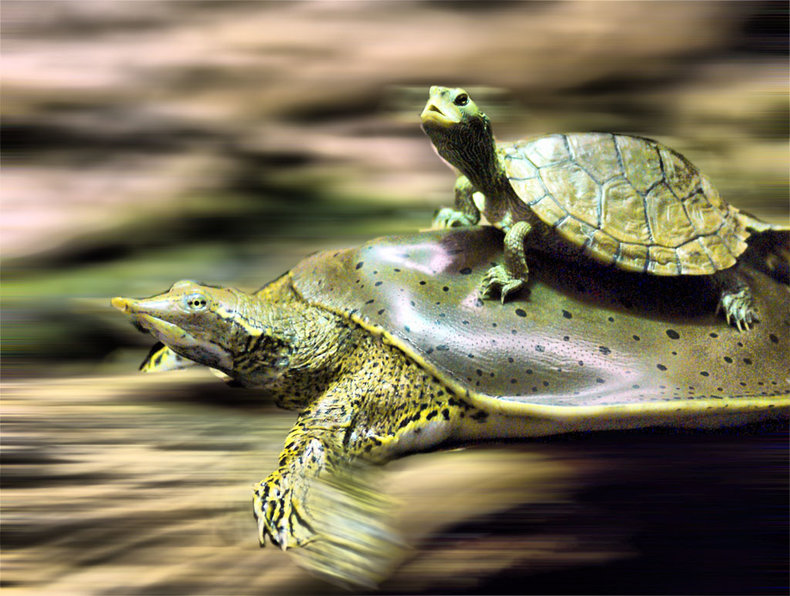
| Overview: Beauty | ||
Type | ||
Definition (1) | A visual scene that inspires a sense of wonder. | |
Definition (2) | An awe-inspiring emotion generated by a visual entity or moment. | |
Definition (3) | Nature, people and things that are perceived as visually appealing. | |
Related Concepts | ||

